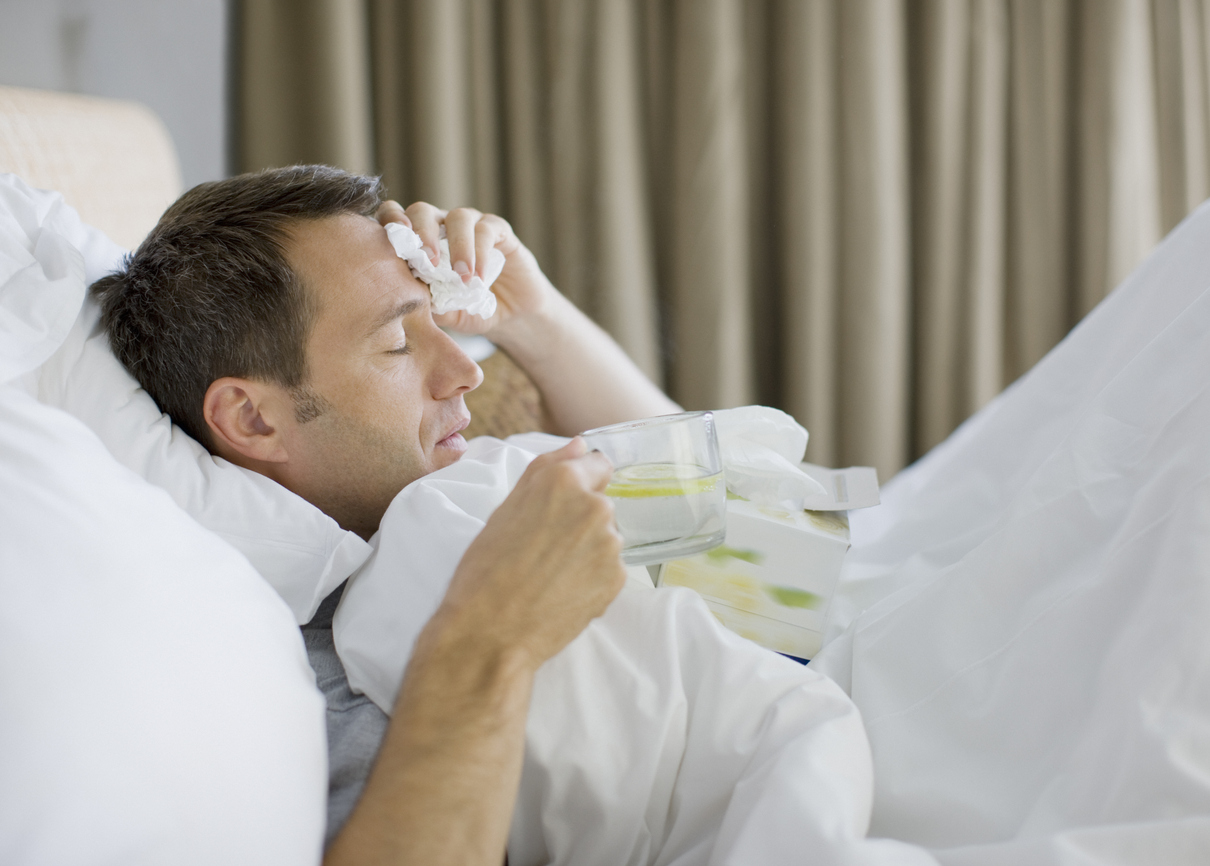Coronavirus
A high temperature can be a symptom of coronavirus (COVID-19). Read more about coronavirus or use our Coronavirus Risk Assessment to check your risk.
As winter sets in, the likelihood of picking up an illness increases. And some illnesses can bring with them a high body temperature, known as a fever.
A fever is the body’s natural defence against infection. It makes it harder for the bacteria or virus you’ve picked up to survive.
A fever usually resolves when your body has naturally fought off the infection, but it can be tempting to try and speed up the process.
If you’re thinking about trying a natural remedy for a fever, read on to discover how well they really work.
How can you tell if you have a fever?
A fever is an increase in body temperature. As a general rule, a temperature of 38C (100.4F) or above is a fever.
If you’re unsure about whether you should speak to a doctor about your fever, take a look at this article on when to see a doctor about a fever.
How to reduce a fever naturally
1. Sweat it out
This old wives’ tale comes from the idea that you can get rid of a fever by keeping your body warm to ‘sweat out’ the illness. But following this suggestion is a bad idea as sweating a lot can lead to dehydration and other symptoms, such as a headache or confusion.
Instead of warming yourself up, aim to stay cool by regularly drinking fluids. Avoid alcohol and caffeine as these can dehydrate you further. A good way to tell if you’re at risk of dehydration is to pay attention to how often you pee.
A well-hydrated person should pass urine about every 6 hours. If you’re peeing less often than this, try to drink more fluids and seek medical help if there’s no improvement.
2. Wrap up warm when it’s cold outside
Putting on layers of extra clothing may seem like the right thing to do if you have a fever, especially if you’re cold and shivering, but it’s important to avoid overheating.
When indoors, wear loose, comfortable clothing and make sure the room you’re in isn’t too hot. Don’t try to make yourself feel cold either. Sudden changes in temperature may make your symptoms worse, so try to remain indoors.
3. Feed a cold, starve a fever
This old wives’ tale may come from the loss of appetite you experience when you have a high temperature. Historically it was thought that eating could make your fever worse. We now know that your body needs nutrients from food to provide energy for your recovery.
Try to eat a balanced diet of energy-rich foods, including plenty of fresh fruit, vegetables, nuts and seeds. Foods high in antioxidants like vitamin C and omega-3 can also help to boost your immune system.
If you’re battling a fever this winter, find out if you should go to work with a fever.




